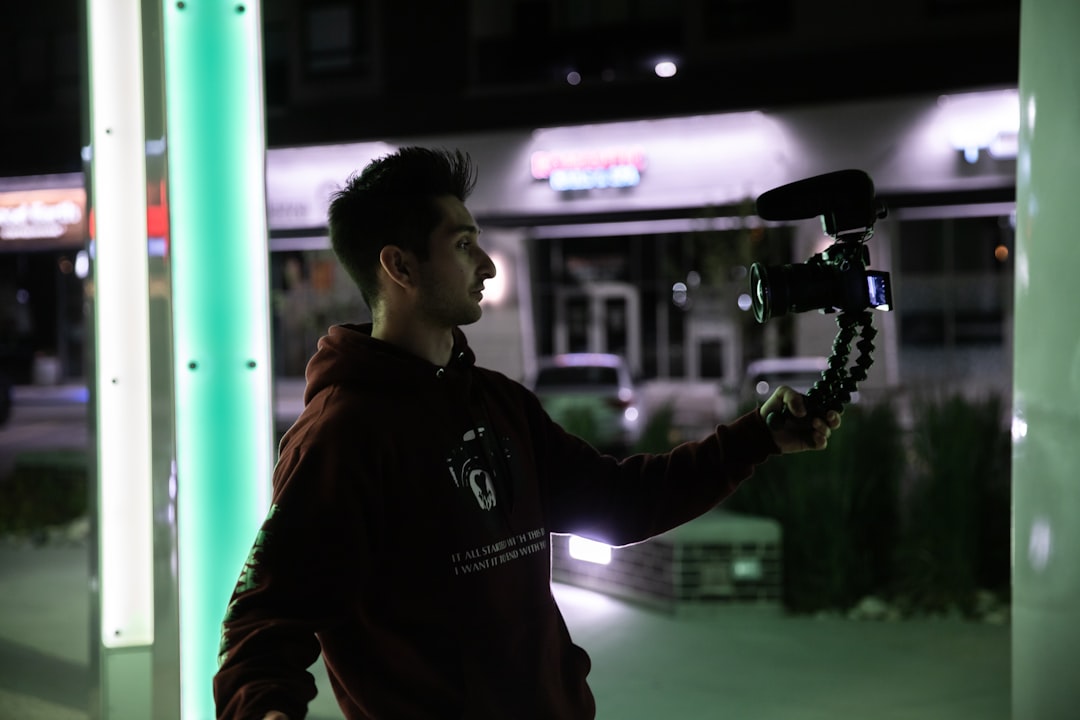What is it about?
For five decades, research on consumer judgment and decision-making has focused largely on choice situations in which the requirement to choose one option is integral to the offering of the options. In this research, consumers typically receive a choice-set of (mutually exclusive) options, such as different desirable products (e.g., grill vs. toaster) or experiences (e.g., dinner vs. massage), and are asked to select one option. In contrast, my collaborators and I have become interested in situations where the constraint to choose one option is not inherent to the offering of the options, but rather is imposed by a limited resource, such as time, money, or space. Since this constraint is not integral to the offering of the options, we term it “external” to contrast it with the more traditionally studied constraint that we term “internal.” In this paper, we explore how a choice that is framed by an external (vs. internal) constraint affects perception of opportunity cost (or loss). We find that when our choice is compelled by external (vs. internal) constraints, we engage in more counterfactual thinking about utilizing all of the (mutually exclusive) options. As such, if we were to forgo our chosen option, we would feel like all of the options originally available to us were lost (even though we could have actually only enjoyed one of the options). This inflated assessment of opportunity cost (or loss) leads us to expend more time, effort, or money to avoid missing out on our chosen option.
Featured Image

Photo by Caleb Jones on Unsplash
Why is it important?
While considerable prior research has emphasized that the effect of opportunity cost on decision making is weaker than the normative expectation because opportunity cost is usually neglected or underweighed, identifying that many real-world choices are driven by external constraints has allowed us to find a diametrically opposed pattern, wherein opportunity cost has a stronger effect on behavior than what is normatively justified. Finding that external (vs. internal) choice constraints increase our tenacity in following through with our chosen options can inform the way marketers and policy makers frame our choices to affect the likelihood that we will follow through with them. We also shed new light on the widespread consumer phenomenon of Fear of Missing Out, by highlighting how overestimation of opportunity cost in our social-media-saturated environment can exacerbate the feeling of FoMO that many consumers report experiencing.
Read the Original
This page is a summary of: Opportunity Cost Overestimation, Journal of Marketing Research, April 2019, SAGE Publications,
DOI: 10.1177/0022243718819474.
You can read the full text:
Contributors
The following have contributed to this page










